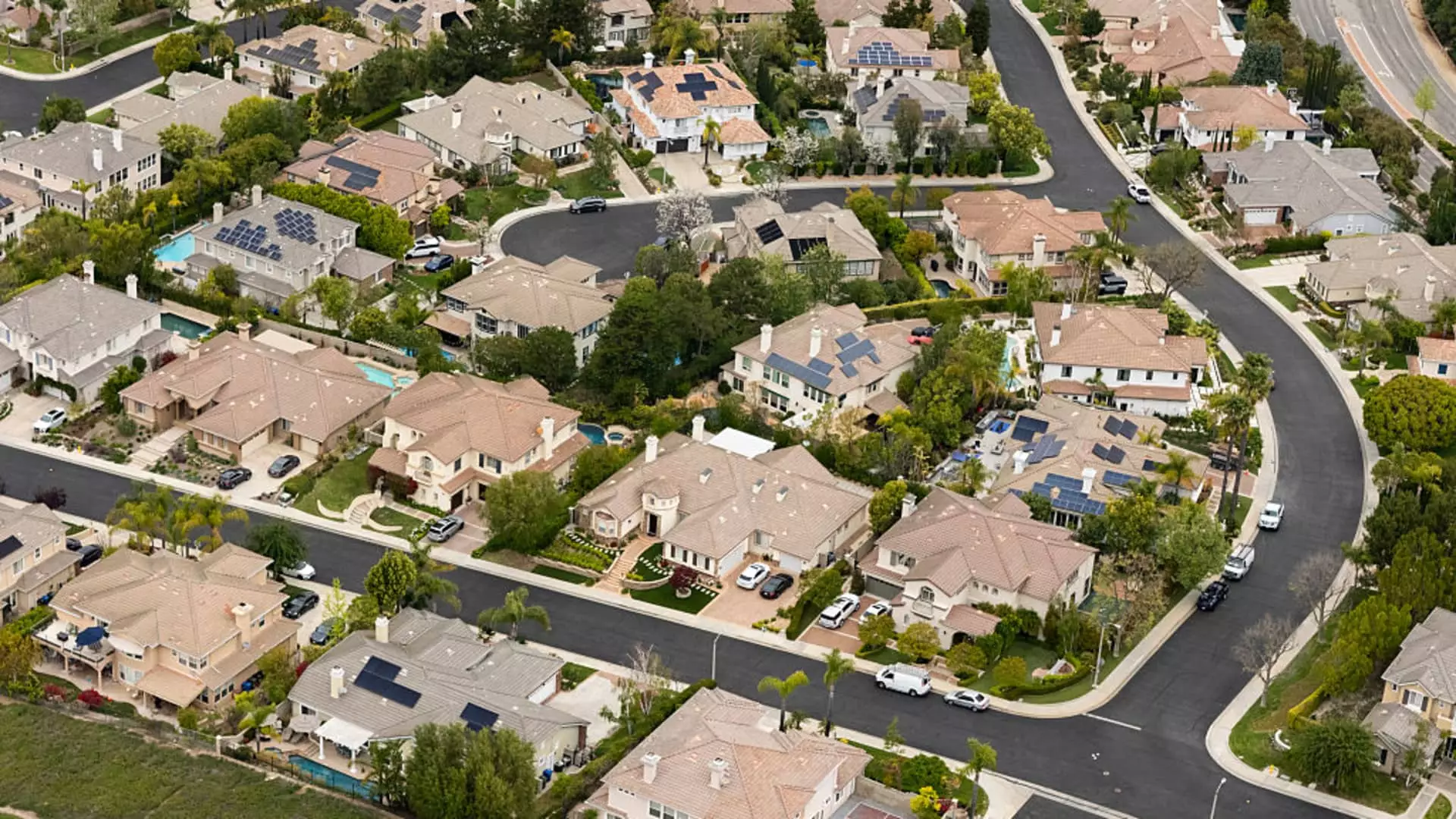The current state of the housing sector signals a dangerous vulnerability that could derail broader economic progress. While some policymakers and analysts may see housing as a stagnant element, the reality is that it is a critical engine of growth. The recent projections by Goldman Sachs underscore a looming decline, with residential investment expected to plummet by 8% in the upcoming months. Such a downturn is not merely a slowdown; it threatens to sap momentum from the economy at a time when recovery efforts are fragile. The decline in housing activity will ripple through construction, retail, finance, and job markets, revealing the interconnected fragility of economic stability rooted in a healthy housing sector.
Affordability and Immigration: The Twin Catalysts of Deterioration
Two core issues are exacerbating the housing crisis: declining home affordability and suppressed immigration levels. The upward trend in home prices relative to wages—driven by inflation and supply constraints—has made buying a home increasingly out of reach for many Americans. The practice of mortgage buydowns, where buyers pay upfront costs to lower monthly payments, highlights desperation and financial stress among prospective homeowners. Meanwhile, an immigration slowdown due to stringent border policies, particularly under recent administration policies, is further constraining household formation. Immigration historically fuels housing demand and demographic growth, and its decline signals a long-term reduction in housing market vitality. Ignoring these fundamental issues not only hampers growth but also erodes social cohesion by preventing young families from establishing roots.
The Illusion of Homebuilding Resilience
While policymakers might tout new construction as a sign of economic resilience, the reality painted by experts like Jan Hatzius is quite different. Multifamily housing projects are likely to remain depressed well into the year’s end, and new single-family home starts are expected to shrink. This pattern isn’t a temporary hiccup; it reflects structural issues—rising costs, zoning restrictions, and shrinking demand. The housing industry’s inability to respond dynamically to these pressures shows a sector in distress, which, if prolonged, could turn into a self-fulfilling prophecy—less building equals fewer jobs, reduced consumer spending, and slower economic growth. The illusion of a resilient housing market dangerously underestimates the depth of the problem, making any complacency potentially disastrous.
The Broader Economic Implications of Housing Decline
The potential slowdown in the labor market compounds the problem. Job insecurity leads to hesitation among consumers about making large investments like home purchases. This creates a vicious cycle—fewer home sales suppress economic activity, which in turn weakens employment prospects. The decline of the housing market, therefore, is not just a sector-specific issue; it represents a macroeconomic threat that challenges the foundations of recovery strategies. A measured and pragmatic approach, emphasizing pro-growth policies that enhance affordability and streamline development, is imperative—otherwise the economy risks slipping into stagnation, destabilizing the gains made in recent years.

